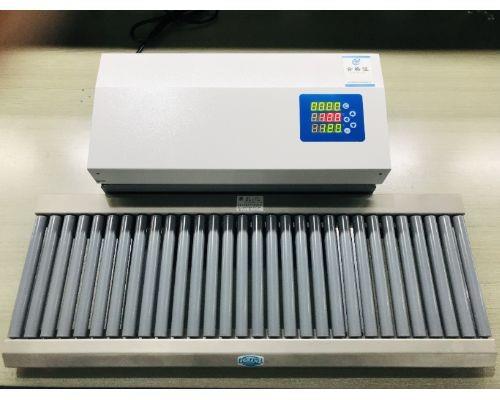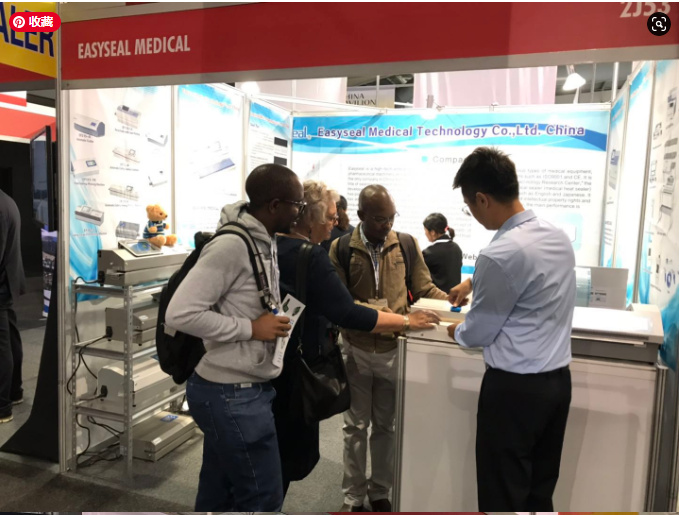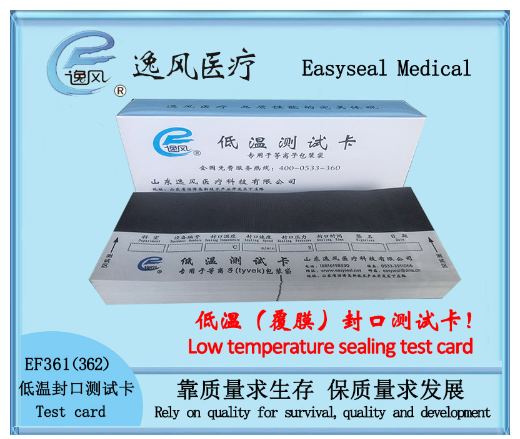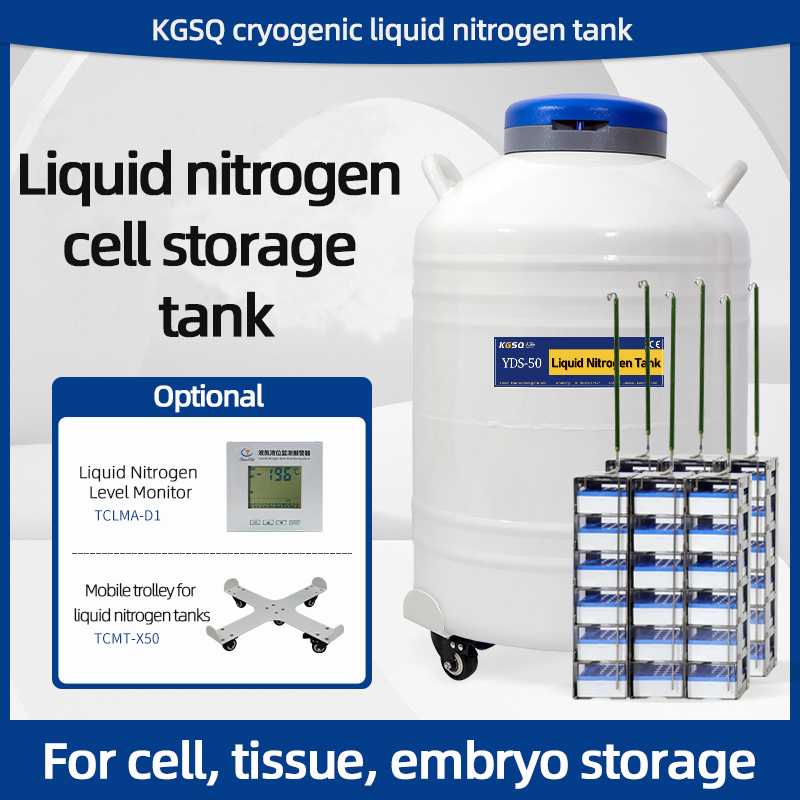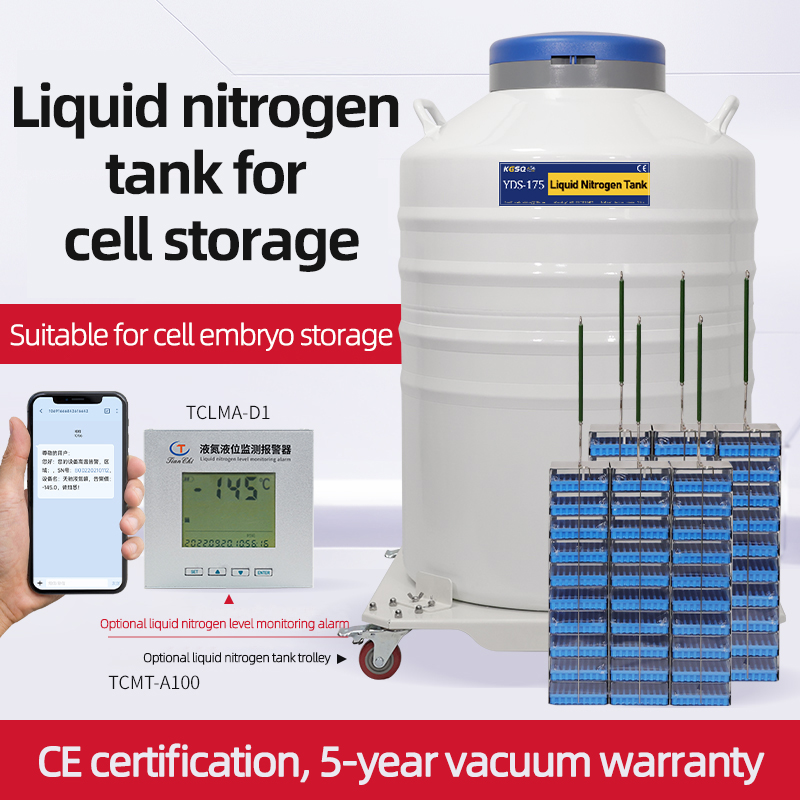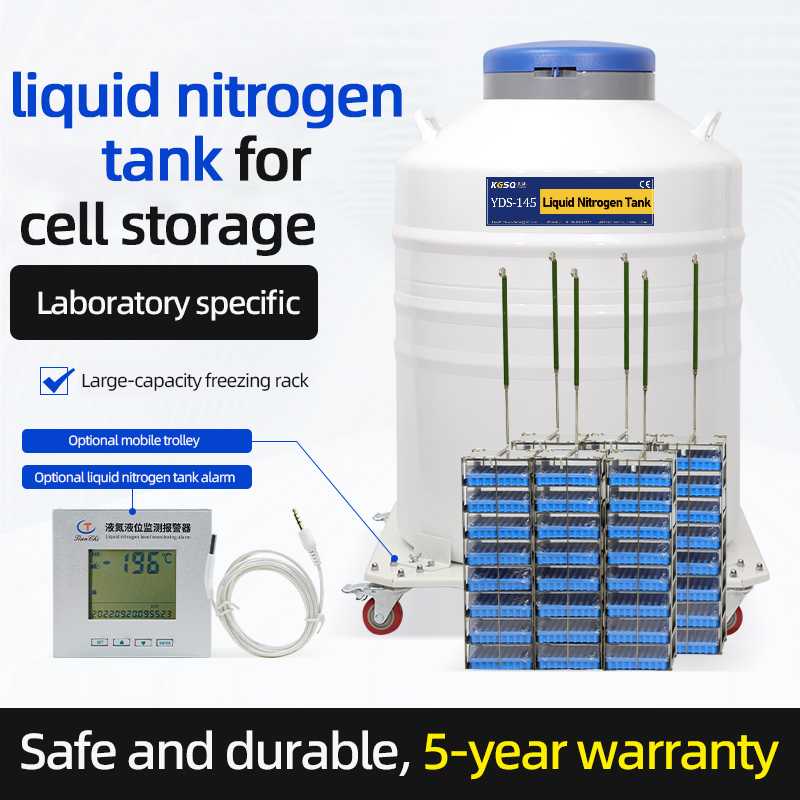ISO 11607: A Primer on Packaging for Terminally Sterilized Medical Devices
For many medical devices, sterilization is the final step in the manufacturing process before they’re shipped and used by patients and providers all over the world.
However, the act of sterilization isn’t the last thing manufacturers need to be concerned about. For the device to be safe for users and patients alike, it has toremainsterile from the moment it exits the sterilization process up until the moment it’s used.
The device’s packaging will dictate whether it stays sterile through the shipping, handling, and storage process—until the moment it’s needed. And because packaging is so important to the safety and effectiveness of sterilized medical devices, the International Organization of Standardization (ISO) has created a standard to address the packaging requirements for terminally sterilized medical devices: ISO 11607.
In this article, we’ll review the basics of ISO 11607 and walk you through the key packaging requirements you need to understand and follow in order to achieve a terminally sterilized medical device:
What is ISO 11607?
To say that a medical device is “terminally sterilized” is to say that it has undergone a sterilization process while the product is already within its packaging, which includes a sterile barrier system. Asterile barrier systemis the minimum layer of protection, often placed within an outer layer of packaging, that ensures sterility.
The “packaging system” as a whole is a combination of the sterile barrier system and any protective packaging used to prevent damage to the sterile barrier system or the device. Terminally sterilized devices are sterilized using an agent that can penetrate their packaging system, such asethylene oxideorgamma radiation.
This type of sterilization differs from aseptic processing, where products or components are sterilized separately and are later put together in a sterile environment. ISO 11607 covers the packaging requirements—for the entire packaging system—for any terminally sterilized devices.
The ISO 11607 standard is broken up into two parts:
-
: The first part of the standard covers the requirements and methods for testing the sterile barrier systems and packaging systems that are required to keep terminally sterilized medical devices sterile until they reach the end user.
-
: The second part of this standard includes the requirements for the development and validation of processes manufacturers must follow to ensure the sterile barrier systems for their medical devices work as intended and keep devices sterilized until their use.
-
What are the main requirements for medical device packaging in ISO 11607?
There are a lot of requirements for packaging in ISO 11607. In fact, the word “shall” (which in this context, means youmustdo it) appears more than 115 times in the document. For the sake of brevity, I want to outline just a few of the most critical requirements within the standard you must understand and adhere to:
-
First, ISO 11607 requirements explicitly state thatpackaging must keep the device sterile until the moment of use. This means a user must be able to bring the device out of the packaging without contamination.
-
The requirements from ISO 11607 also specify thatpackaging must come with instructions on how to remove the device from the sterile barrier system in an aseptic manner.
-
Additionally, thepackaging itself must be resistant to the sterilization process. This is a reference to the fact that popular terminal sterilization processes like ethylene oxide or radiation have the ability to deform or degrade certain types of packaging. So, the sterile barrier system and any protective packaging outside it must be able to undergo the sterilization process without degradation, discoloration, or any other defects.
-
One requirement of ISO 11607 that sometimes goes overlooked isstability testing. The shelf-life of a sterilized device depends in large part upon its packaging, and medical devicemanufacturers must test and prove that their packaging will ensure sterility throughout the shelf-life they claim for their device. This may include accelerated aging of the packaging or tests of its ability to withstand different pressures, temperatures, humidity levels, or applications of physical force.
-
Lastly, ISO 11607 also addresses the expectation thatsampling must be used to validate the packaging process. It emphasises that the sampling must be decided upon using a statistically valid method.
What changed in ISO 11607-1:2019 from the previous version?
The most recent update to ISO 11607 occurred in 2019, and it included some significant revisions. These revisions were made in an attempt to harmonize the standard with theGeneral Safety and Performance Requirements(GSPR) in the new European Union Medical Device Regulation (EU MDR).
Some of the updates in the 2019 version of ISO 11607 include:
-
A usability evaluation requirement for aseptic presentation in a real-world situation
-
A requirement to include risk management in the packaging process
-
An annex regarding environmental considerations
-
A new section on design change and validation
While ISO 11607:2019 is still relatively new, anamendment to the standardis currently underway to develop a GSPR-harmonized version. The reason for this being the current standard’s direction to “consider” risk management is not detailed enough. So, a future, amended version will contain a generalrisk management processthat addresses this inadequacy.
Keep in mind, though, this new risk management process will not expand the scope of the standard. The requirements and validation process outlined in both Part 1 and Part 2 of ISO 11607:2019 will remain current.
-
在线联系供应商
Other supplier products
| ISO 11607: A Primer on Packaging for Terminally Sterilized Medical Devices | For many medical devices, sterilization is the final step in the manufacturing process before they’re shipped and used by patients and provid... | |
| 自动封口机 | 主要特点: 100-L系列全自动医用封口机,可连续进行纸塑袋、3D纸塑袋和纸纸袋封口。该密封工艺满足高温蒸汽灭菌、低温环氧乙烷灭菌、过氧化氢等离子体灭菌和辐射灭菌的要求。印章质量符合相应的国际标准和GMP认证。微电脑自动控温,操作简便,大屏幕显示,可靠性高,连续封口。 技术参数 ●封口速度:1... | |
| The completely sealing machine in China | Компания Easyseal действует более чем в 60 странах на пяти континентах, имеет производственные заводы в Китае, соответствующие международным станда... | |
| 密封测试卡 | 我们的easyseal测试卡可用于检测和记录封口机运行时的性能参数。通过突出密封边缘的缺陷,它们可以清楚地显示密封效果和密封器的质量。 | |
| 工业封口机 | EF803系列工业封口机用于呼吸袋、聚乙烯塑料袋等需要热封处理的特殊设备。可采用电动或气动加压封口方式封口,可用于呼吸袋和塑料袋、铝箔袋等包装袋的封口,主要适用于各类工业企业、生物制药、医用耗材等生产单位用于各类物品灭菌前或灭菌后的各类包装袋的封口,封口质量完全符合国际标准或GMP认证的要求,... |
Same products
| DM-16BF DM-18BF New cover Electric Sprayer | 卖方: Zhejiang Huaqi Information Technology Co., LTD | The Electric Knapsack Sprayer is a game-changer in the field of agricultural pest control. Engine... | |
| Simple Round Breeding Cage | 卖方: Zhejiang Huaqi Information Technology Co., LTD | The Simple Round Breeding Cage features a durable and lightweight construction, making it suitabl... | |
| 叙利亚-细胞储存液氮容器-液氮液位报警器 | 卖方: 河南天之道生物科技有限公司 | 精准的实验条件与安全的样本存储是科研工作顺利开展的关键要素。其中,细胞储存液氮罐作为实验室不可缺少的一种设备,在样本保存方面发挥着重要的作用。 实验室用的细胞储存液氮罐,航空铝制造,重量轻、占用... | |
| 意大利-液氮细胞储存罐-液氮罐液位报警器 | 卖方: 河南天驰仪器设备有限公司 | 精准的实验条件与安全的样本存储是科研工作顺利开展的关键要素。其中,细胞储存液氮罐作为实验室不可缺少的一种设备,在样本保存方面发挥着重要的作用。 实验室用的细胞储存液氮罐,航空铝制造,重量轻、占用... | |
| 埃及-细胞储存液氮罐-液氮液位监测仪 | 卖方: Henan Tianzhidao Biological Technology Co., Ltd. | 精准的实验条件与安全的样本存储是科研工作顺利开展的关键要素。其中,细胞储存液氮罐作为实验室不可缺少的一种设备,在样本保存方面发挥着重要的作用。 实验室用的细胞储存液氮罐,航空铝制造,重量轻、占用... |










